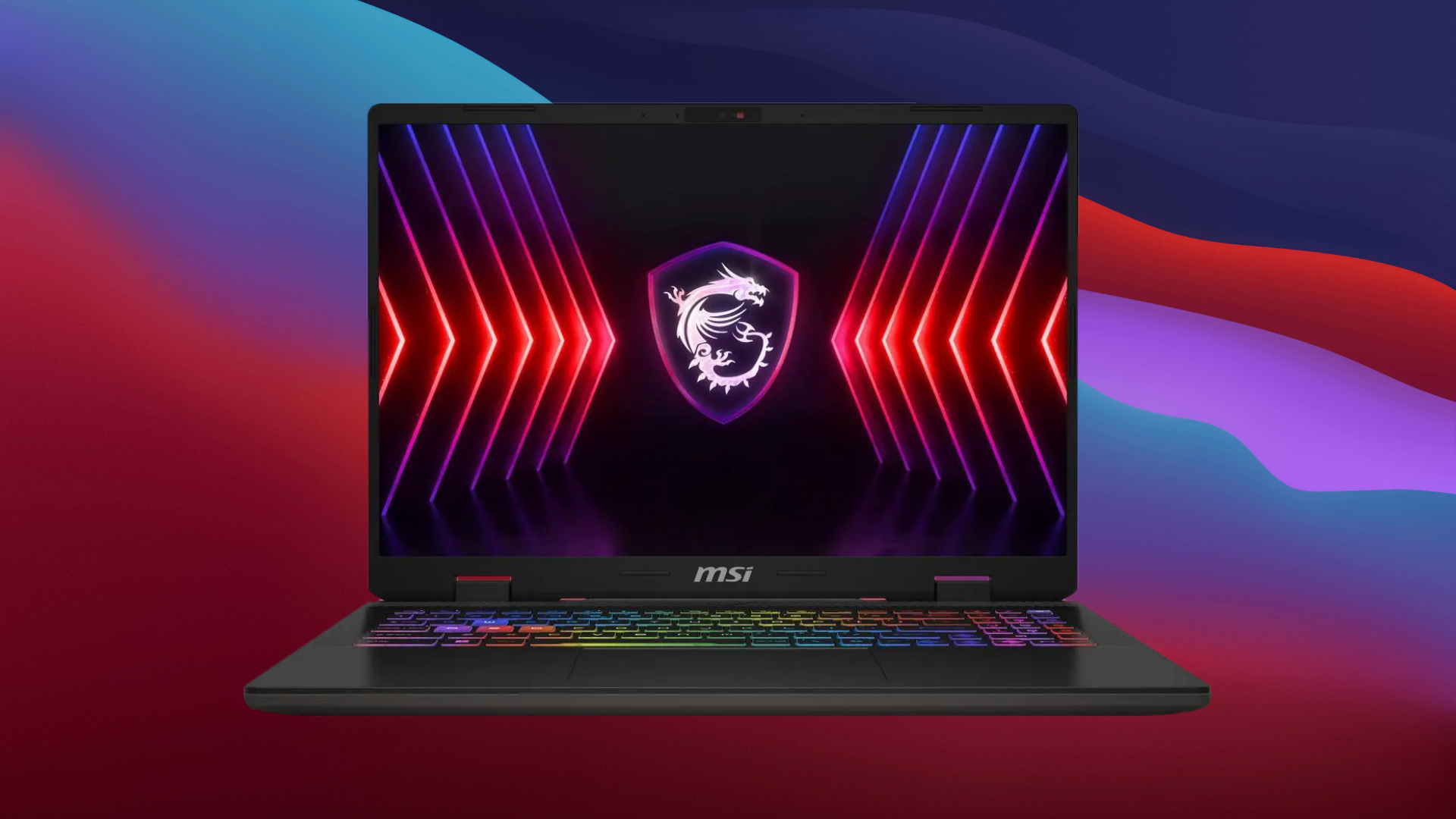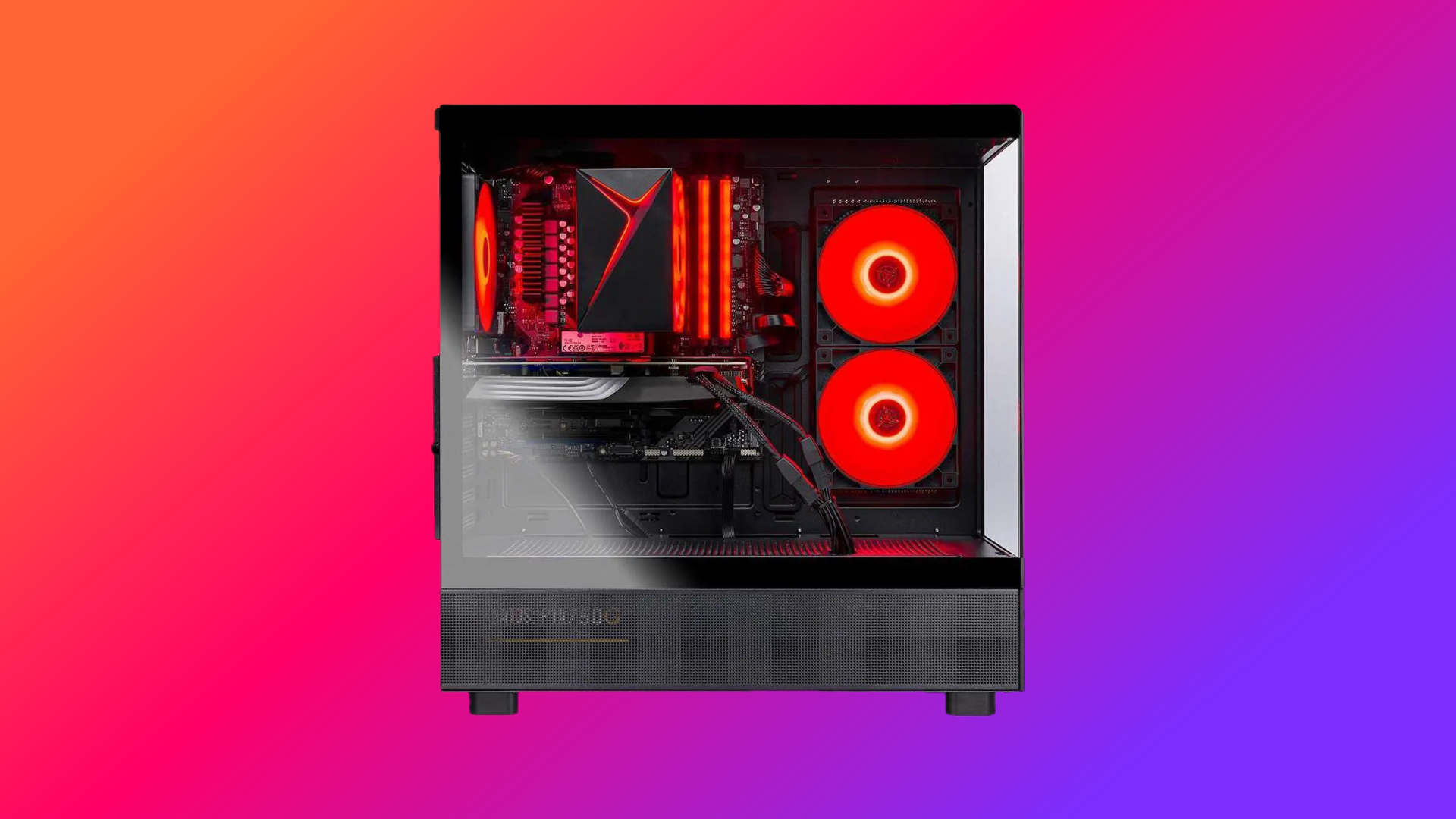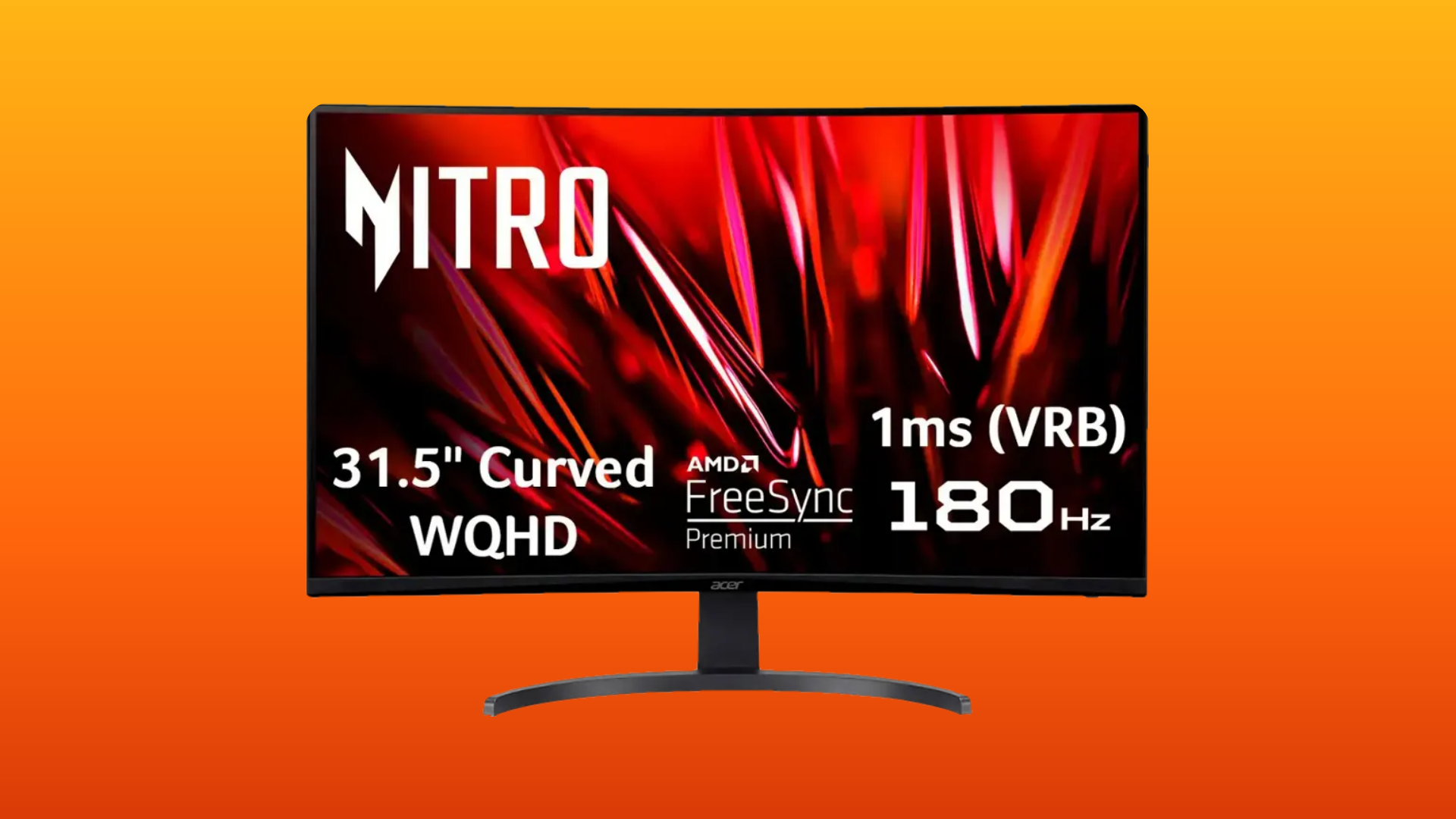This article discusses iOS users wanting to switch to Android for performance and other features, such as resource management.
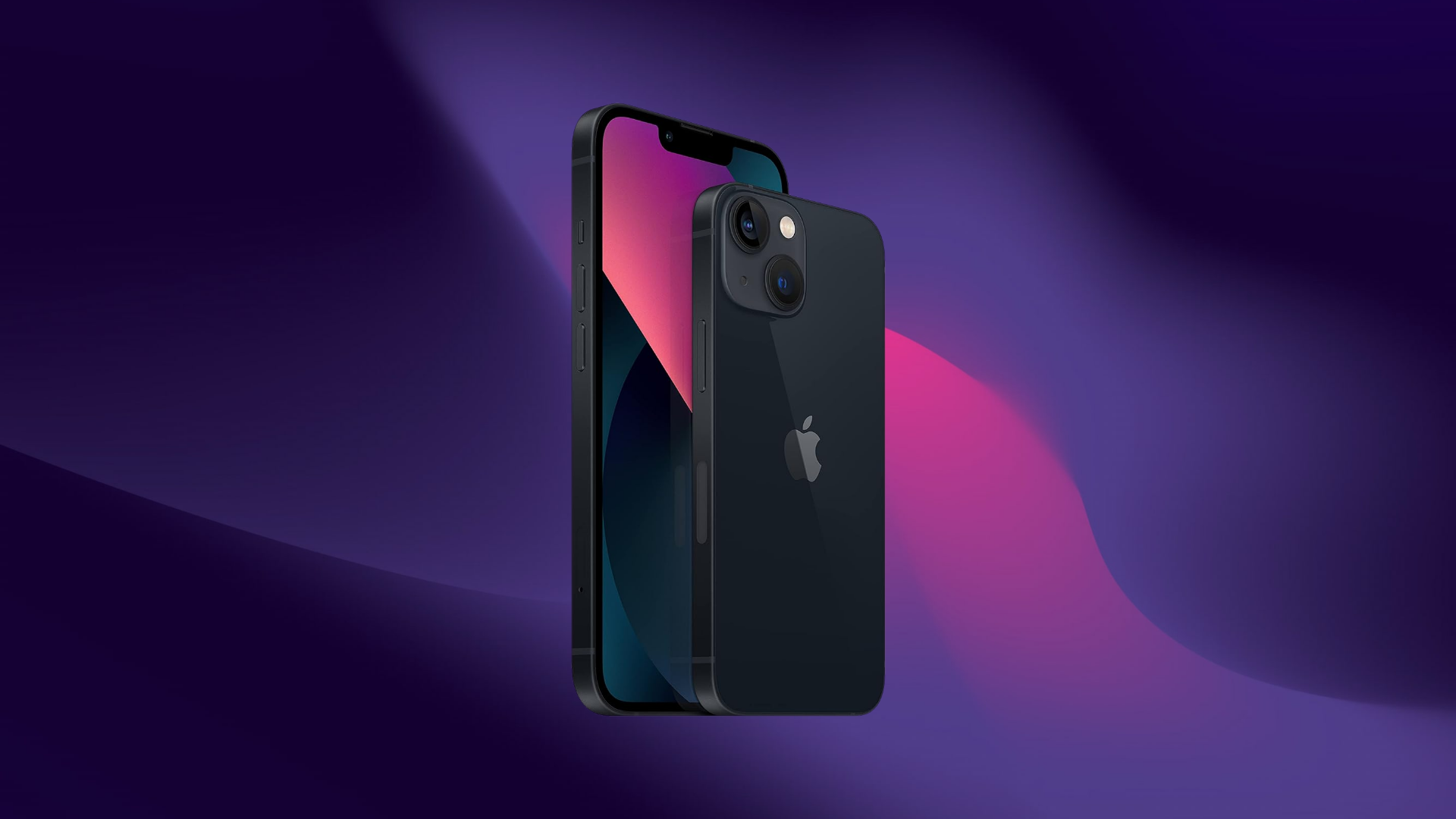
For a very long time, Android and iOS users quarreled over the internet, trying to prove which platform holds the crown. But in reality, both platforms are fantastic. It depends on your expectations, as both platforms have almost all of the necessary banking apps, games, travel apps, and more, fully working. Yes, one or two things may be missing here and there.
For example, with Apple, you get the highest level of privacy from the beginning, whereas in Android, you need to enable it. Both platforms vary significantly when technical details are considered, as their approach to compute power utilization (speed) and resource management differs significantly.
Note: This article doesn’t cover the architectural details of Android or iOS, but instead discusses real-world use cases and how they relate to your needs.
Performance Expectations Switching From iOS to Android
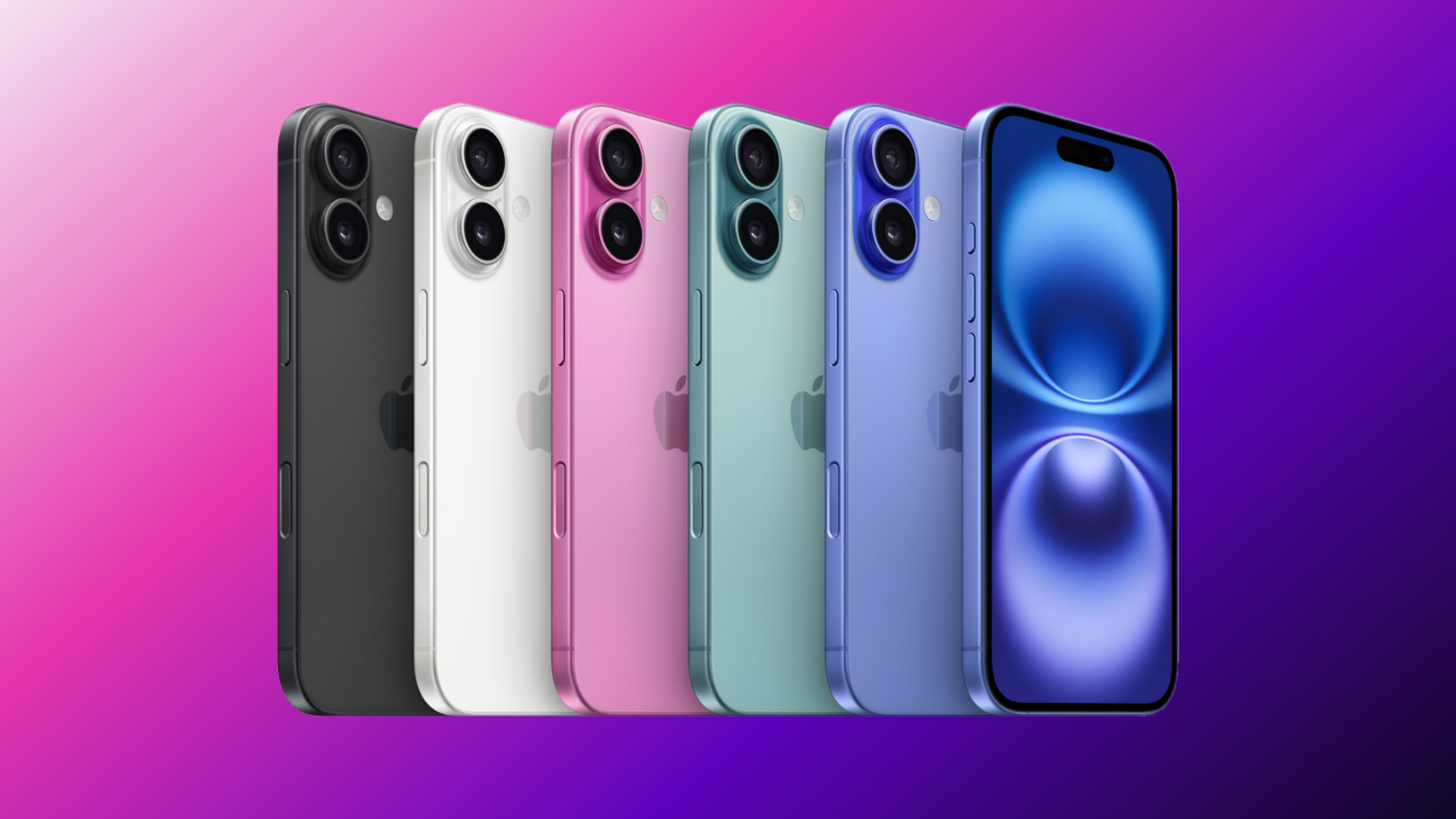
Say you can’t decide whether to make the switch. You need to know a few things: iOS holds a significant crown in terms of software-level optimization, and how it utilizes its hardware is Apple’s secret.
- Speed Perception Varies: While Android devices boast an impressive hardware configuration, such as a high refresh rate screen and touch response rate, iOS generally feels faster and smoother due to its optimized hardware-software integration. It’s hit or miss; Android phones, especially the premium ones, are much quicker than iOS.
- Animation Speed: Android devices, specifically mid-range or entry-level ones, can be slower in displaying default animations than iOS devices, but you can easily speed these up through developer settings.
- App Performance: Performance depends heavily on how well apps are optimized for each platform. Some apps run better on iOS, while others excel on Android. Some games run better on iOS but lag on Android, despite the phone being powerful.
Memory and Resource Management
Over the years, it’s been evident that Apple devices with more RAM aren’t quite the standard, whereas Android proves ample. This is due to architectural differences within the operating system. Below are a few pointers that explain this.
- RAM Usage: Android uses available memory more aggressively, keeping apps in the background for faster switching. This may seem like higher memory usage, but it improves performance.
- Background Tasks: There is more control over background processes, allowing you to limit them for better performance through developer options.
- Battery Optimization: You can enjoy extensive battery management features, including an adaptive battery that learns your usage patterns.
Apple also does all this but manages to keep up despite having a fraction of the RAM available compared to Android devices. Still, if you want to make the switch, it’s your call.
Optimization Techniques You Can Use
This section only discusses the software side, as the hardware side requires rooting or kernel modification, which voids your warranty. But yes, you can customize the hardware side of things too, such as implementing concepts like overclocking the GPU and CPU, changing the scheduler, scaling the governor, and more. But on the software side, here is what you can do without voiding your warranty.
- Enable Developer Options: Tap the build number seven times in settings to access performance tweaks.
- Adjust Animation Scales: For a snappier feel, set the scales for window, transition, and animator duration to 0.5x or lower.
- Limit Background Processes: Restrict background apps to 3–4 processes for improved performance.
- Use Performance Modes: Many Android devices offer performance modes that prioritize speed over battery life. Use them accordingly.
A Few Differences to Expect
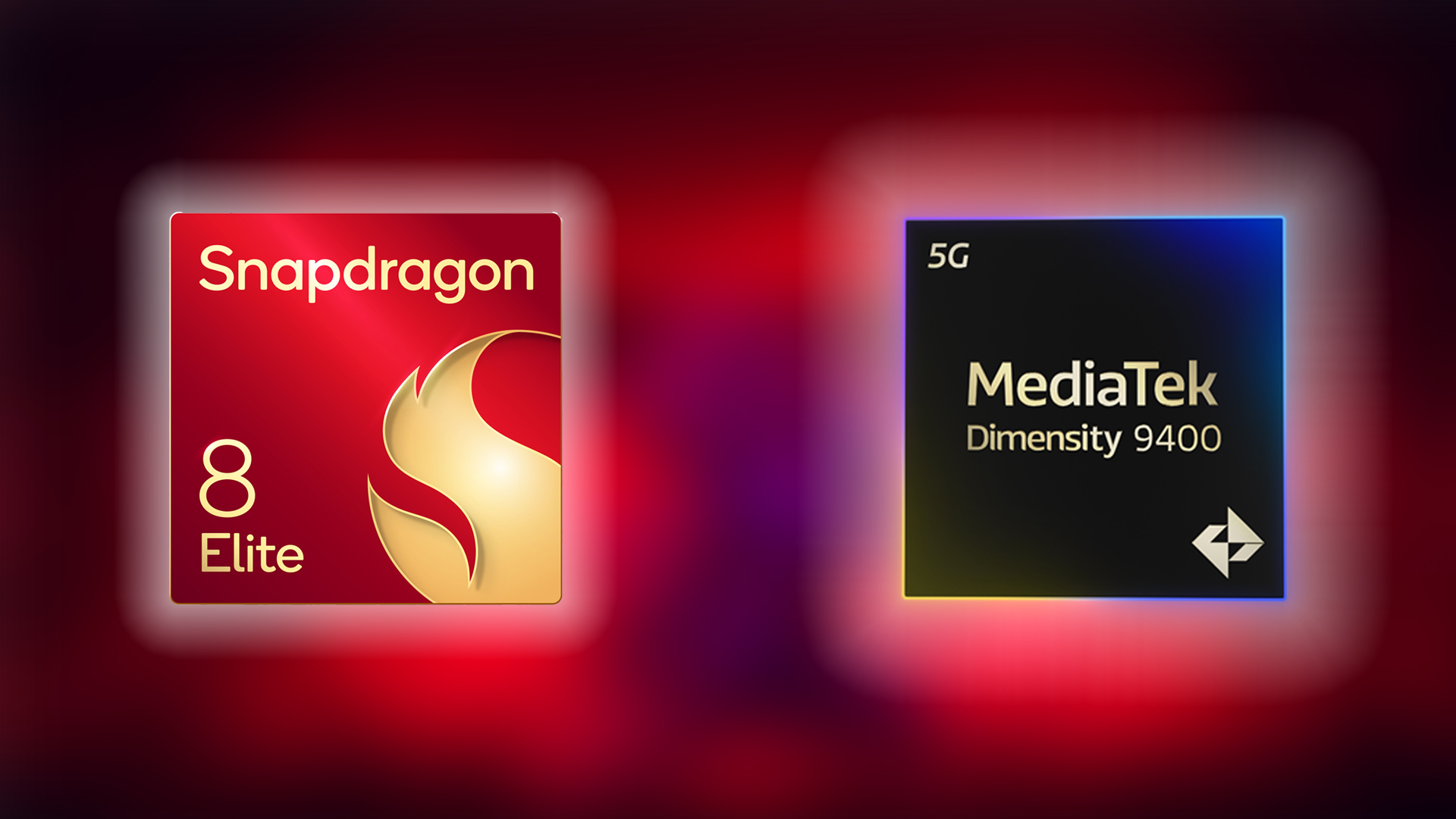
Please note that you will face a lot of diversity, as Android is open source and the configuration options are endless. This is why performance figures will vary so much. Also, your updates depend on your smartphone vendor, unless you use the latest Pixel smartphone. Then updates are almost instant. As for customization, Android offers you many options you haven’t seen anywhere else.
The most significant difference you will notice is the instant visual changes in Asphalt 8 or 9, or any other game. The rendering API differs on iOS (Metal) and Vulkan or OpenGL on Android. Although games have the same name, they are different in reality. Your progress won’t transfer over directly unless the game offers explicit cross-platform support.
The gist is that the graphics differ on Android, but the game name, playing experience, story, etc., will remain the same. Another title is Ark: Survival Evolved on iOS, which runs smoothly, but on Android, it’s a hit-or-miss case.
Quick Setup Tips
So you’ve finally made the switch or are in the planning phase. Here is what you can do to transfer your data.
- Download “Move to Android” on your iPhone. This software, made by Google, helps you transfer contacts, calendars, photos, videos, and even iMessage data. During Android setup, scan the QR code on your new phone with your iPhone and follow the prompts.
- Sync via Google Account helps with your contacts and calendar, syncing automatically as if they were stored in iCloud.
- For WhatsApp data, use the app’s built-in chat transfer feature. Just ensure that WhatsApp is updated on both your devices.
- For 2FA/Authentication, export from your current app (e.g., Google Authenticator) and import it on Android, or re-link manually.
- For apps and subscriptions, just reinstall them, and they will usually automatically renew.
That wraps up this article. Remember, Android’s flexibility allows greater customization, even in uncharted territories, albeit with warranty issues here and there.
We provide the latest news and “How To’s” for Tech content. Meanwhile, you can check out the following articles related to PC GPUs, CPU and GPU comparisons, mobile phones, and more:
- 5 Best Air Coolers for CPUs in 2025
- ASUS TUF Gaming F16 Release Date, Specifications, Price, and More
- iPhone 16e vs iPhone SE (3rd Gen): Which One To Buy in 2025?
- Powerbeats Pro 2 vs AirPods Pro 2: Which One To Get in 2025
- RTX 5070 Ti vs. RTX 4070 Super: Specs, Price and More Compared
- Windows 11: How To Disable Lock Screen Widgets
 Reddit
Reddit
 Email
Email
